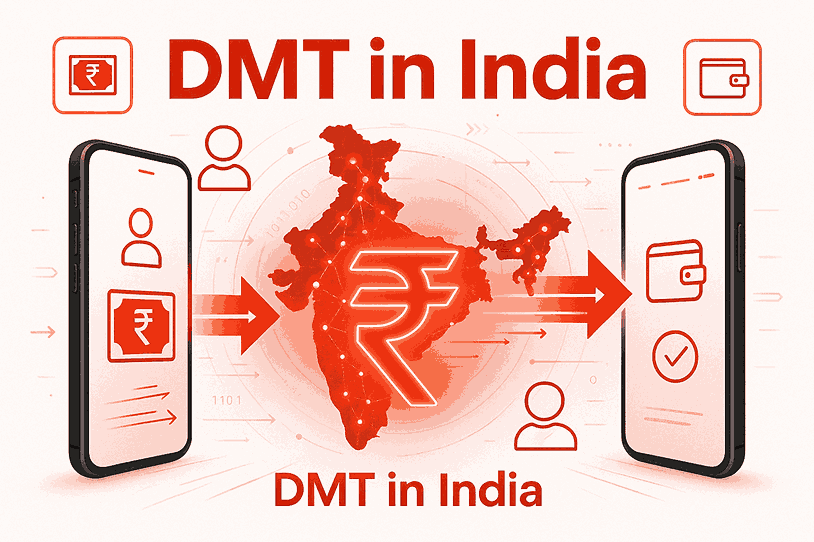Common Challenges in Cash Management and How to Overcome Them

Effective
cash management is the foundation of financial health for businesses of all
sizes. In today’s fast-paced economic environment, companies face various
hurdles that can disrupt cash flow, hinder growth, and threaten stability. This
blog reveals the most common cash management challenges and practical solutions
to tackle them—empowering your business to operate with greater confidence and
control.
Table of Contents
1.
Introduction
2.
What
Is Cash Management?
3.
Common
Challenges in Cash Management
4.
Conclusion
5.
Frequently
Asked Questions (FAQs)
Introduction
Managing
cash isn’t just about counting money—it requires constant attention to ensure
funds are available when needed and risks are minimized. Businesses, regardless
of industry, frequently struggle with challenges such as visibility gaps,
inefficient processes, inaccurate forecasting, and rising banking costs.
Addressing these pain points is essential for healthy operations and
sustainable growth.
What Is Cash Management?
Cash
management refers to the collection, handling, monitoring, and optimizing of
cash flows within an organization. It encompasses tracking receipts and
payments, maintaining liquidity, forecasting future needs, and safeguarding
against financial risks. Effective systems and practices in this area allow
businesses to meet obligations, seize new opportunities, and avoid costly
pitfalls. Read more about Cash Management
Common Challenges in Cash Management
Poor Cash Flow Visibility
Businesses
operating with multiple accounts, currencies, or global subsidiaries often lack
a real-time, consolidated view of their cash position. This leads to:
- Missed payment deadlines.
- Suboptimal investment of idle
cash.
- Increased risk of unplanned
shortfalls.
How to Overcome:
Centralize
cash data using integrated management systems and leverage cloud-based
dashboards for real-time insights.
Manual, Error-Prone Processes
Dependence
on spreadsheets and poorly integrated systems increases the risk of human error
and slows financial operations. This can result in:
- Inaccurate balances.
- Delayed transactions.
- Time-consuming reconciliations.
How to Overcome:
Invest in
automated cash management tools that enable seamless data integration and
remove repetitive manual tasks.
Inaccurate Cash Flow Forecasts
Outdated or
incomplete financial data makes cash flow forecasting unreliable, causing
businesses to:
- Overestimate available funds.
- Face unexpected deficits.
- Miss out on investment
opportunities.
How to Overcome:
Update
forecasting models frequently, using the latest data and adjusting for variable
expenses and seasonal trends.
Slow Accounts Receivable Collection
Delayed
customer payments are a common reason for cash imbalances, leading to:
- Working capital shortages.
- Inability to meet financial
commitments.
- Damaged supplier relationships.
How to Overcome:
Send
automated invoice reminders, enforce stricter credit terms, and provide
incentives for early payments.
Excess Inventory or Over-Purchasing
Overstocking
ties up cash, increases storage costs, and raises the risk of obsolescence.
How to Overcome:
Implement
just-in-time purchasing, conduct regular inventory audits, and base buying
decisions on sales analysis.
High Transaction and Banking Costs
Operating
with multiple bank accounts or payment platforms can lead to:
- Excessive fees.
- Reduced liquidity.
- Complex reconciliations.
How to Overcome:
Consolidate
banking relationships and negotiate better transaction rates. Utilize payment
pooling and electronic solutions to minimize costs.
Difficulty Managing Unexpected Expenses
Unexpected
outflows—like equipment breakdowns or regulatory fines—can quickly disrupt cash
cycles.
How to Overcome:
Set up
contingency funds or maintain flexible lines of credit. Proactively assess
risks and budget for emergencies to stay prepared.
Complexity in Multi-Entity or Global Operations
Cross-border
or multi-entity businesses face hurdles like currency conversion, regulatory
differences, and scattered financial data.
How to Overcome:
Adopt
global-ready cash management systems with multi-currency support and unified
protocols across all business units.
Conclusion
By proactively addressing the common hurdles outlined above, businesses position themselves for stability, agility, and growth. Embracing technology, optimizing processes, and maintaining strong financial discipline are key steps to transform cash management from a daily struggle into a strategic asset that propels your business forward. Tools like the CMS API can further streamline your cash management processes, helping you leverage technology for enhanced efficiency and control.
Frequently Asked Questions (FAQs)
What is the core goal of cash management?
The core
goal is to ensure funds are available when needed, while maximizing returns and
minimizing risks such as shortages and fraud.
How does automation benefit cash management?
Automation
reduces manual errors, accelerates workflows, and delivers near-instant cash
position updates—enabling better planning and reduced staff workload.
What are the quickest ways to improve cash collection?
Utilize automated invoicing, establish clear payment terms, and offer early payment discounts to expedite collections.
How often should a business update cash forecasts?
Monthly
updates are standard, but more volatile businesses may require weekly or even
daily reviews.
What’s an effective strategy for managing sudden expenses?
Build a contingency fund based on historical needs, or secure a pre-approved line of credit to address emergencies without derailing operations.




